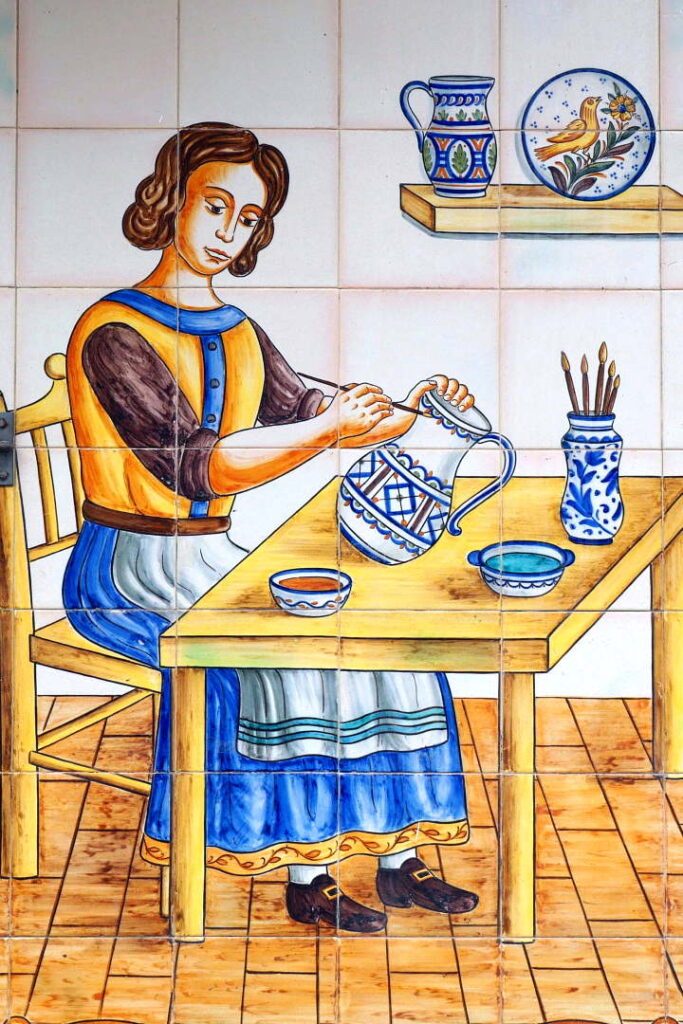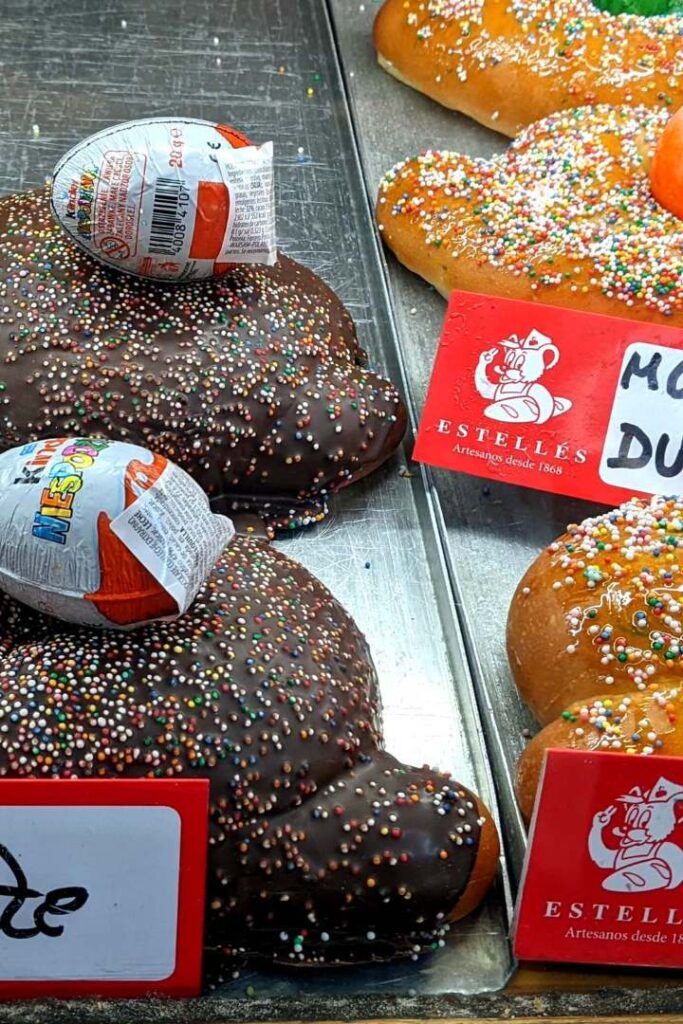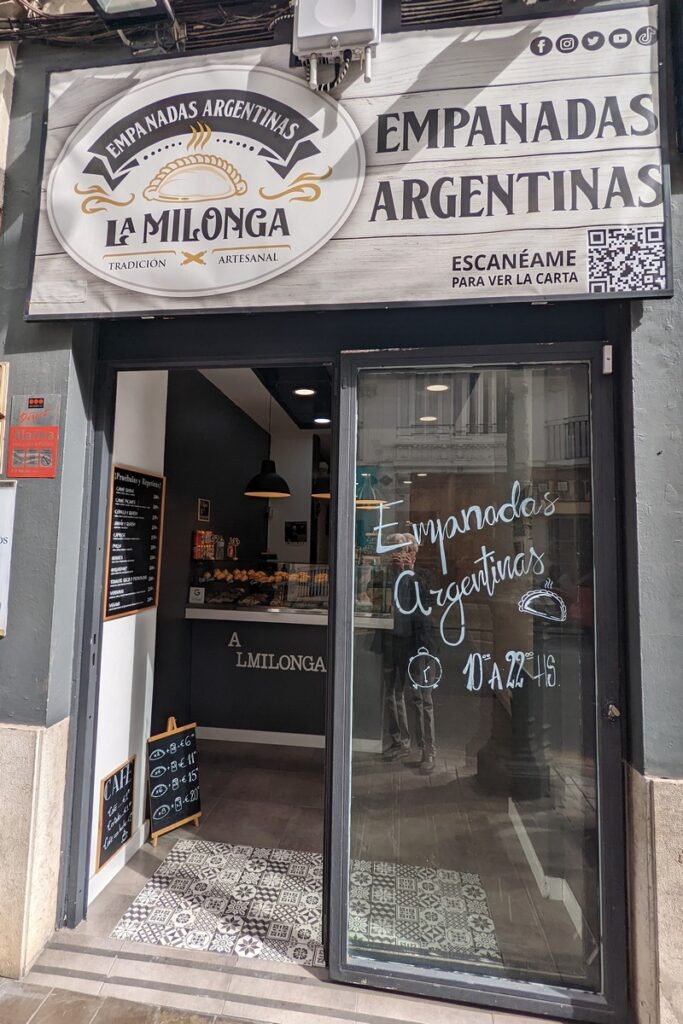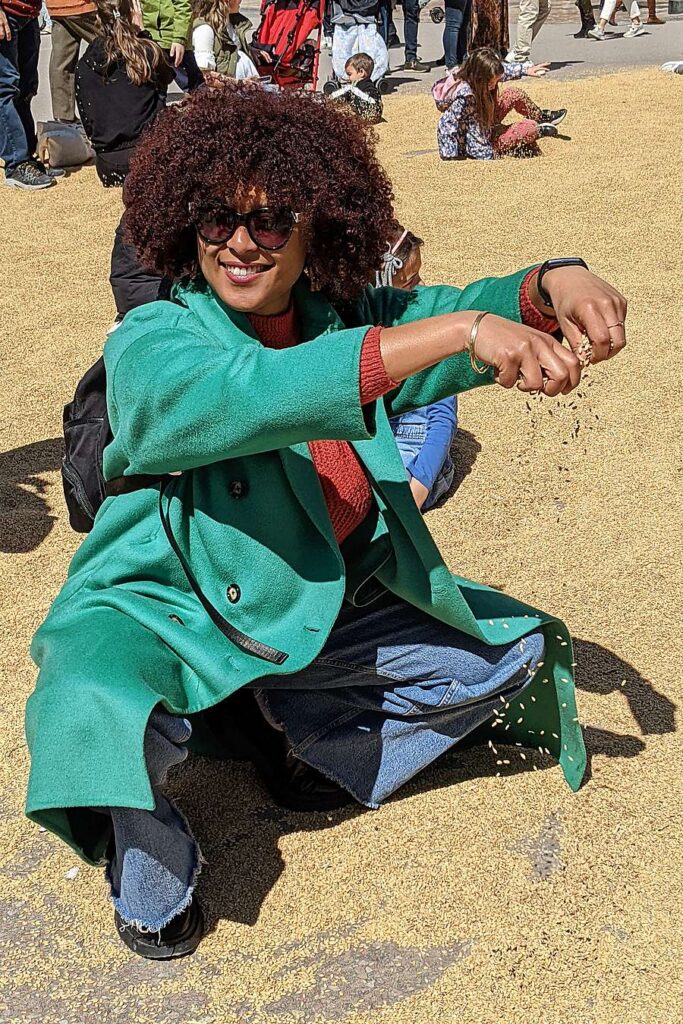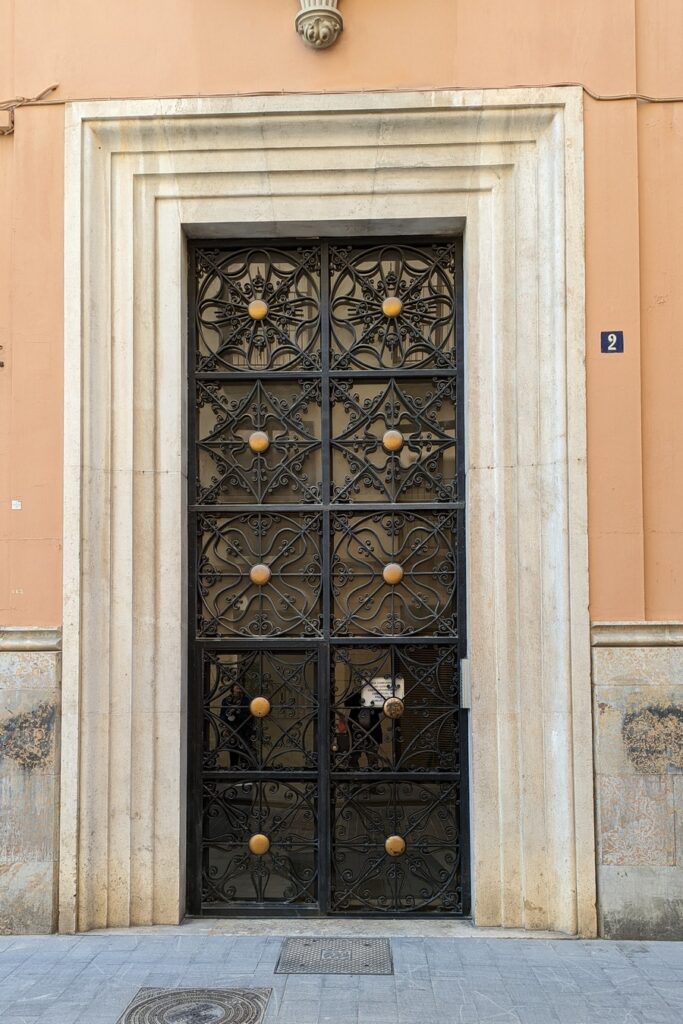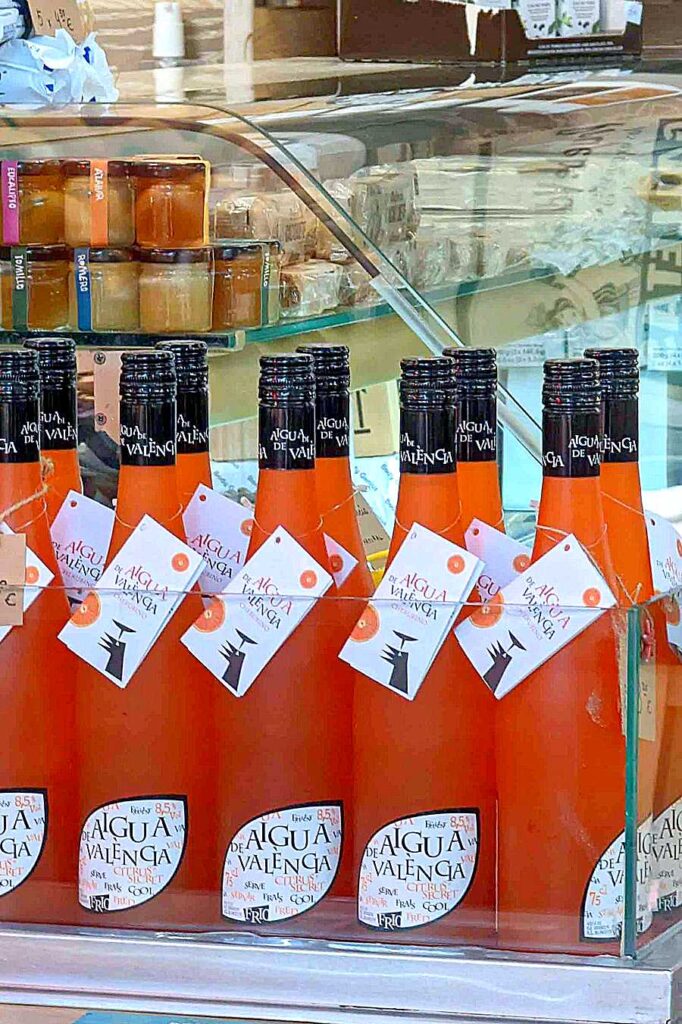
Agua de Valencia, born in the Café Madrid
Few cocktail names trip off the tongue with the lyric trill of Agua de Valencia. It even sounds sweet and clear. Purportedly invented at the Café Madrid in 1959 by bartender Constante Gil, it is so popular with tourists to Valencia that bottles labeled as Agua de Valencia are available everywhere from the Mercat Central to most souvenir shops. Look around the tables on Plaça de Mare de Deu behind the cathedral, and at least half sport a tall glass of the orange drink. And why not? Authentic Agua de Valencia relies on freshly squeezed juice from locally grown sweet oranges. (They are not ‶Valencia″ oranges, which were bred in California and named for the city.) Groves of sweet oranges surround Valencia. All grocery stores...Read More


